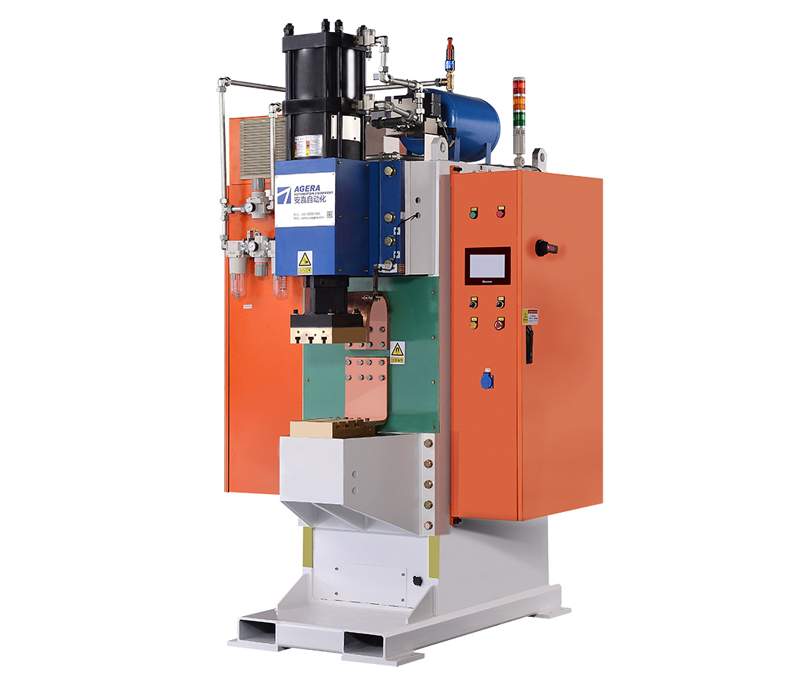In the realm of Capacitor Discharge (CD) spot welding machines, voltage and current are two pivotal parameters that significantly influence the welding process. This article delves into the effects of voltage and current on welding outcomes within CD spot welding machines, highlighting their roles and interplay in achieving optimal weld quality.
- Voltage’s Influence on Welding: Voltage determines the energy available for welding. Higher voltages lead to increased energy transfer, resulting in deeper weld penetration. However, excessively high voltages can cause undesirable effects such as splattering and electrode degradation. Proper voltage selection is crucial for achieving the desired weld depth without compromising weld integrity.
- Current’s Role in Welding: Welding current governs the heat generation during the welding process. Higher currents generate more heat, leading to faster heating and larger weld nuggets. However, excessive currents can lead to overheating, weld splatter, and even weld expulsion. Optimal current levels ensure efficient heat generation, consistent nugget formation, and minimized distortion.
Interaction of Voltage and Current: The relationship between voltage and current is intertwined. As voltage increases, more energy is available to drive higher currents, resulting in increased heat and penetration. However, maintaining a balance is essential. While a higher current aids in quicker heating, it also demands careful control to prevent overheating. Conversely, lower currents might necessitate higher voltages to achieve adequate energy transfer for penetration.
Optimizing Voltage and Current for Quality Welds: Achieving ideal weld results requires a strategic balance between voltage and current:
- Weld Strength: Proper voltage and current control ensure a uniform heat-affected zone, resulting in consistent weld strength and durability.
- Nugget Size: The interplay of voltage and current determines the size of the weld nugget. Finding the right combination leads to the desired nugget dimensions.
- Minimized Distortion: Optimal voltage and current settings contribute to controlled heat input, reducing the risk of workpiece distortion.
- Reduced Splattering: Balancing these parameters helps mitigate splatter formation, enhancing the aesthetic and functional aspects of the weld joint.
Voltage and current are pivotal factors in the world of Capacitor Discharge spot welding machines. Their influence on weld penetration, heat generation, and overall weld quality cannot be understated. Engineers, operators, and technicians must understand the intricate relationship between voltage and current and their role in achieving successful welds. By carefully selecting and controlling these parameters, practitioners can ensure consistent and high-quality weld outcomes in various industrial applications.
Post time: Aug-09-2023



